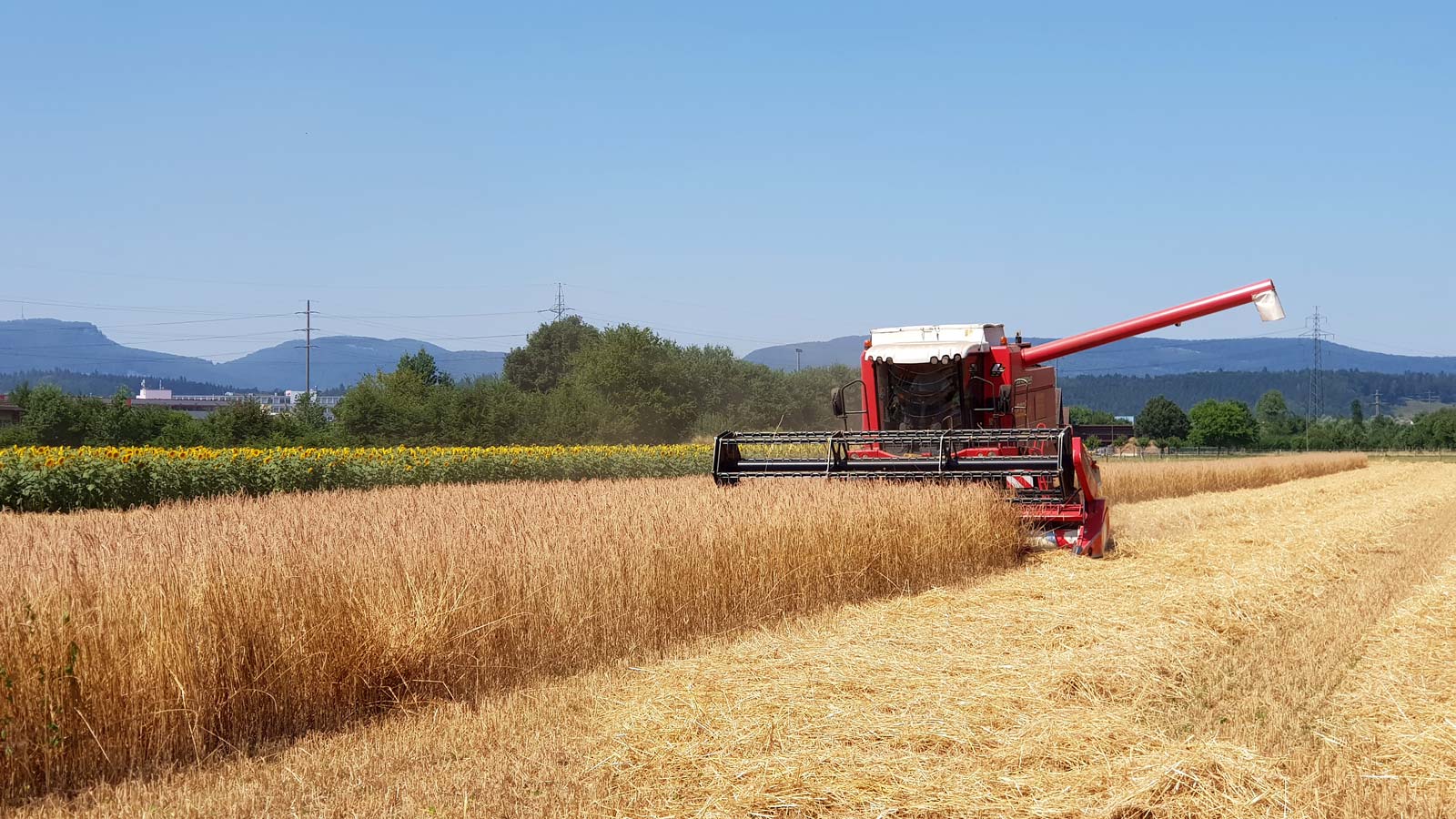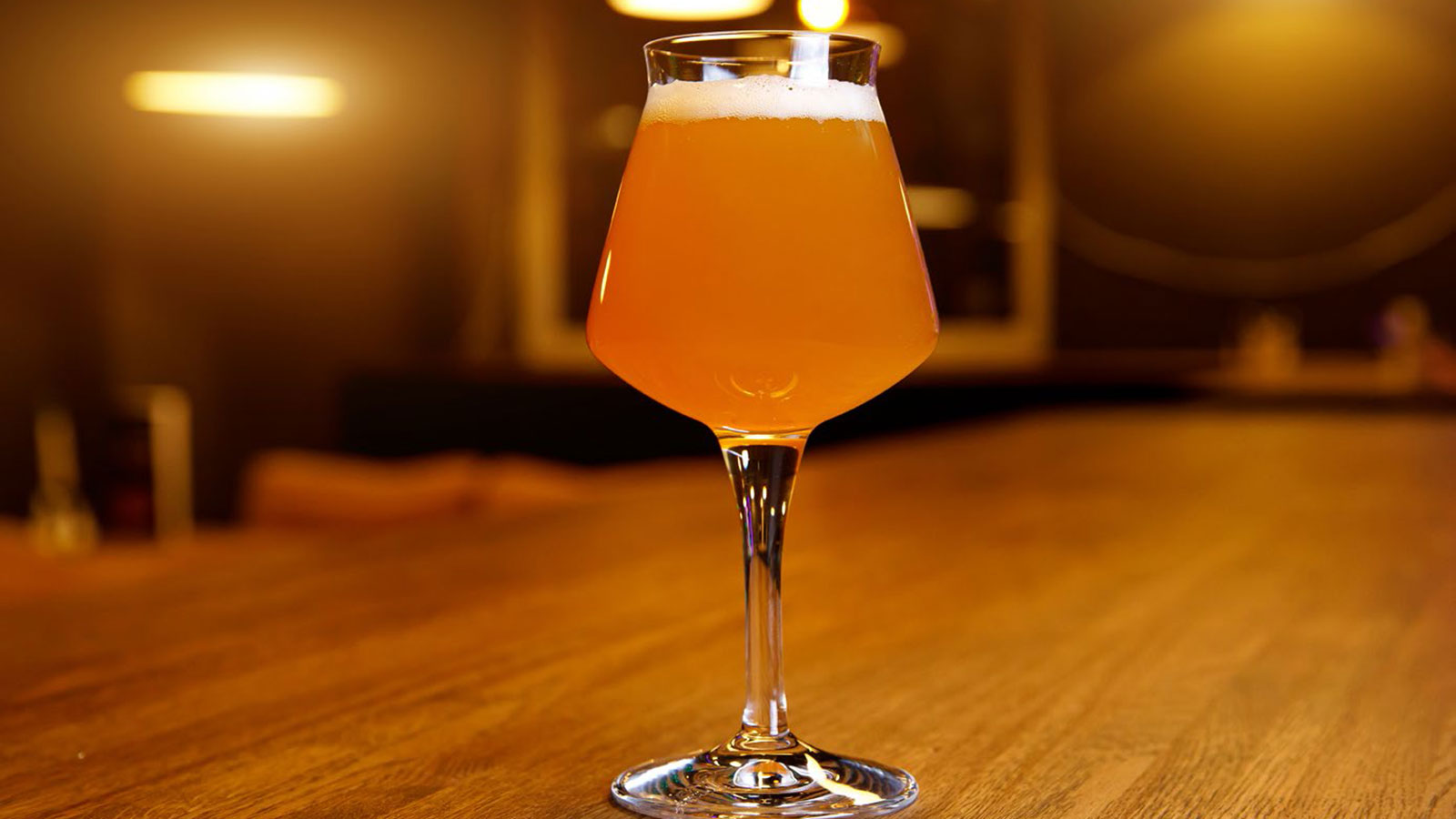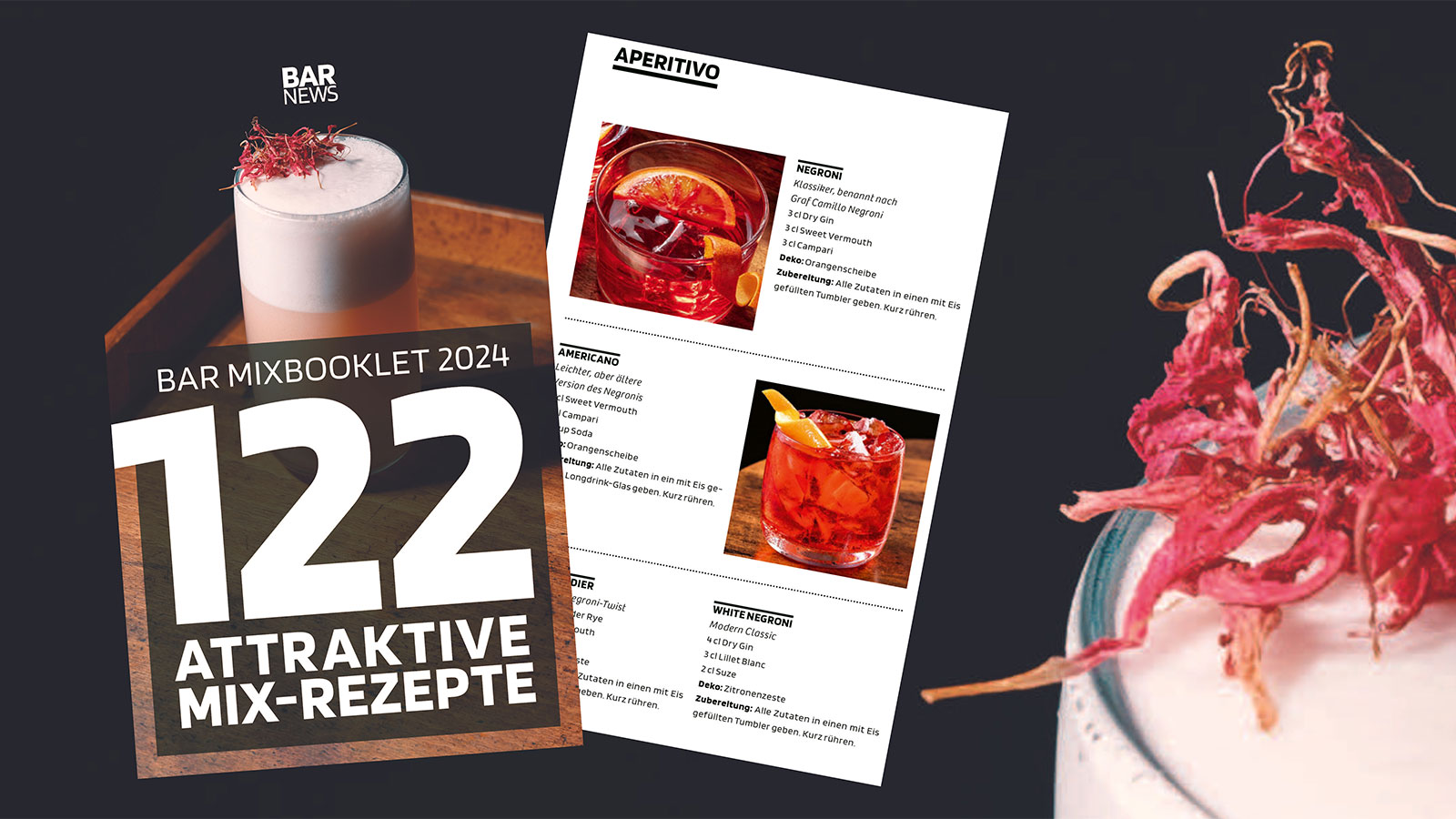It takes four ingredients to make beer. But apart from malt, hops and yeast, water is usually the only really local thing about beer. But even though water makes up the largest part of beer, water alone does not make beer.
Because in order to brew the alcoholic and carbonated barley juice, malt is needed first and foremost. Malt is produced when grain is allowed to germinate, whereby enzymes ensure that unfermentable starch is converted into fermentable malt sugar.
Important for the brewer, because it makes a cool beer, but also important for the grain, because it needs the energy for its growth.
Cereals germinate when they come into contact with water and it is sufficiently warm at the same time. This causes small roots and the cotyledons to form. Regular movement adds oxygen and prevents the rootlets from branching into each other. This prevents mould from forming and the grain from starting to rot.
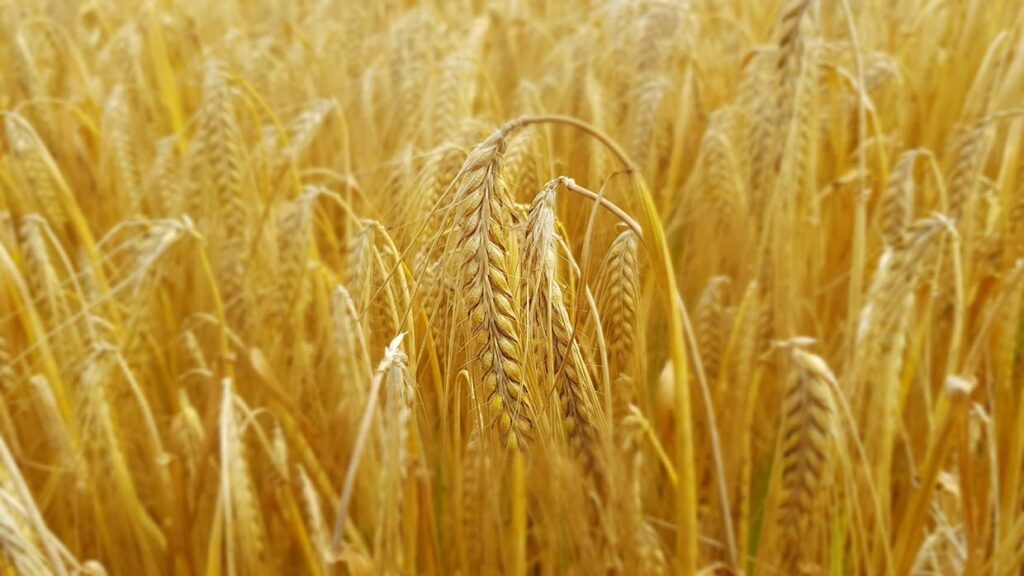
To produce malt for beer or whisky, this process is stopped after three to six days after the so-called steeping by drying or kilning the green malt. During this process, the malting plant can determine via temperature and duration whether it should become a light or a darker malt.
Malt from barley is most frequently used for the production of beer and whisky. This is particularly suitable for production and, thanks to its high enzyme content, can also convert the starch of unmalted grain into fermentable sugar.
It would be possible to produce malt from wheat, rye or oats for corresponding beers, but usually a part of the barley malt is replaced by the corresponding unmalted grain.
Malting barley and malt "Swiss made
Due to the topographical conditions, the cultivation of cereals in Switzerland was not particularly well suited in many places. In addition, thanks to the development of transport routes and alpine farming, the production and trade of cheese or meat products was often more lucrative.
Nevertheless, cereal cultivation was also widespread in Switzerland, although beer did not play a major role in the wine-growing country of Switzerland for a long time and production was even banned at times in various places.
The image of beer changed drastically when barley juice became more and more popular in the second half of the 19th century. With the massive increase in beer consumption, the demand for grain or malt also rose.
Even then, this often came from abroad, as Swiss malt was hardly competitive with European products due to the higher prices of raw materials, energy and labour on the one hand and the falling transport costs on the other.
This dependence on imports was to prove particularly devastating during the First World War, which was marked by supply bottlenecks, brewery closures and a decline in beer quality. Later, beer came under political scrutiny precisely because water was the "only domestic product in beer".
This was at least the view of Diethelm Burkhard-Abegg, who was a politician for the Peasants' Party in the National Council between the wars and was also upset that "the workers employed in the brewery (...) were also foreigners".
There he campaigned, primarily for the interests of winegrowers and dairy farmers, for example for the introduction of a beer tax. As a result of falling prices, the remaining Swiss malt houses disappeared in the coming decades, as competition from abroad was too high.
The Schützengarten brewery had its own malting plant for the longest time. Until 1985, between 1,500 and 2,000 tonnes of malting barley were still malting annually. However, this did not come from Switzerland, but was procured from Germany, France or Czechoslovakia.
For a long time, beer drinkers were hardly interested in the fact that hops and malt were almost always imported goods.
"At the time, the special malting barley was not cultivated in Switzerland. On the one hand, there was a lack of knowledge and habit, and on the other hand, it would not have been subsidised and would therefore have been far too expensive," says Reto Preisig, Chairman of the Management Board of Brauerei Schützengarten.
For a long time, beer drinkers were hardly interested in the fact that hops and malt were almost always imported goods. A return to the local only began when many large Swiss breweries had already been taken over by the two international conglomerates.
Around the turn of the millennium, some independent breweries began to look for local grain for their beers. With a proportion of alternative grains such as spelt or maize, the Rosengarten brewery in Einsiedeln, for example, brought a little more variety and regionality to the beer bottle decades ago (maize gold: 1980, spelt 1996).
Things were also happening in eastern Switzerland, where the Locher brewery, Brauvision Monstein and Bieraria Tschlin used and still use malting barley grown at least partly in Switzerland and especially in Graubünden for their beers. In Aargau, it was the Müller brewery that launched a beer with a primordial wheat or einkorn base.
But it would be another few years before the grain could be processed into malt in Switzerland, because there were no more Swiss malt houses - or not yet.
Another piece of the puzzle for more Swissness
In recent years, a lot has happened in various places, and soon there should even be malting in all of Switzerland's language regions. In French-speaking Switzerland, for example, the Malticulture cooperative in the canton of Jura, which was initiated by a microbrewery, or in Bavois in the canton of Vaud.
Françoise and Joaquim Vez started growing malting barley and malting on their farm there in 2015. In their own microbrewery, beers are brewed with their own malt, while at the same time other small breweries in the region source malt from the Vez family's farm malt house.
Malting has also been going on in Geneva for a few years now, and the Ticinese want to start a malting plant in Cadenazzo soon. In German-speaking Switzerland, it is Urs Lüthy who processes his own grain into malt by hand in Muhen, Aargau. This is not for beer, however, but for whisky.
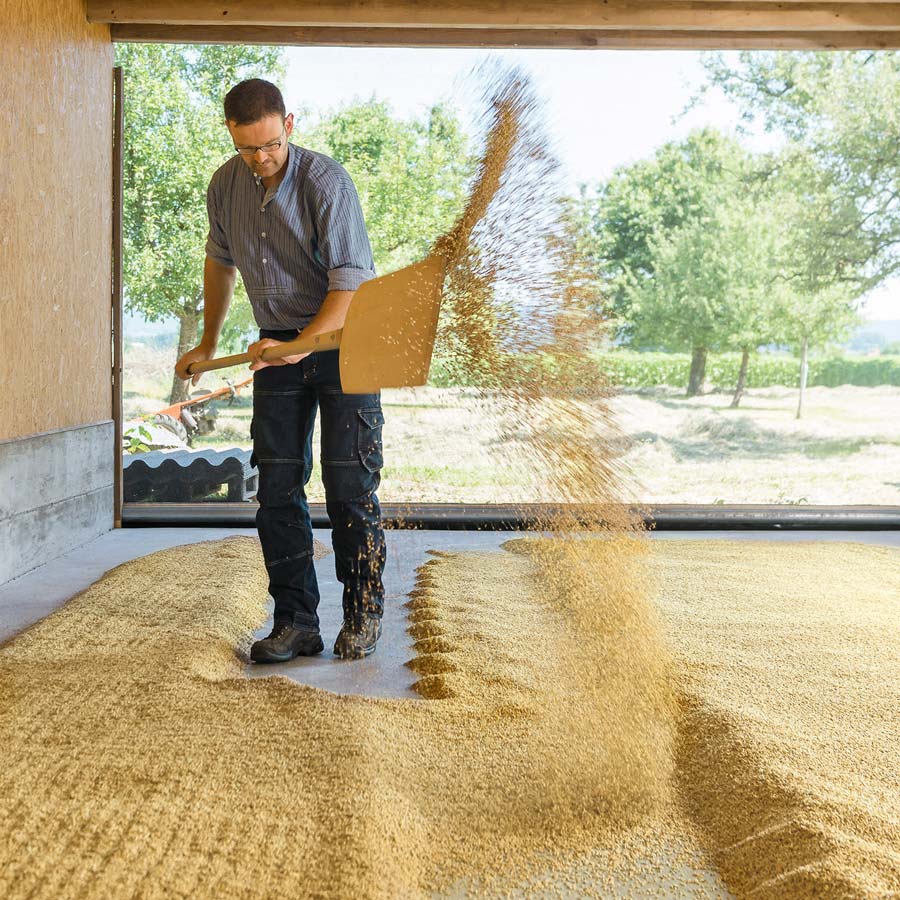
The first grain is to germinate in Möriken-Wildegg in Aargau as early as this autumn (see interview: BAR NEWS 2|2021 page 76) and a malting plant in Eschlikon in Thurgau is planned for 2022 with an output of around 2 200 tonnes per year. Furthermore, IG Juramalz is striving to build a malting plant in the Basel region.
But despite the large number of projects, Swiss malt will hardly become the standard in every Swiss beer for the time being. The price of Swiss malt is about three times higher than that of imported products. Therefore, it will hardly be used in cheap canned beer from discounters, but rather in speciality beers from the innovative craft beer scene.
The price of Swiss malt exceeds that of imported goods by a factor of three.
Here, Swissness is not only an attractive sales argument, but also the customers' willingness to pay is many times higher. That's why we can expect to see even more Swissness in Swiss beer in the coming years in beer shops or in upscale restaurants and cafés specialising in craft beer.
A little more patience will be needed for single malts with Swiss malt, as these still have to spend a few years in the cask.
Small tip: If you don't necessarily want to wait "better, but longer", help yourself to an Ovaltine or another malty hot drink of your choice.

